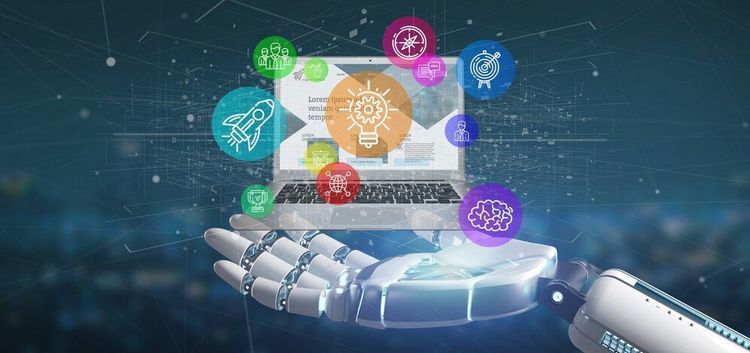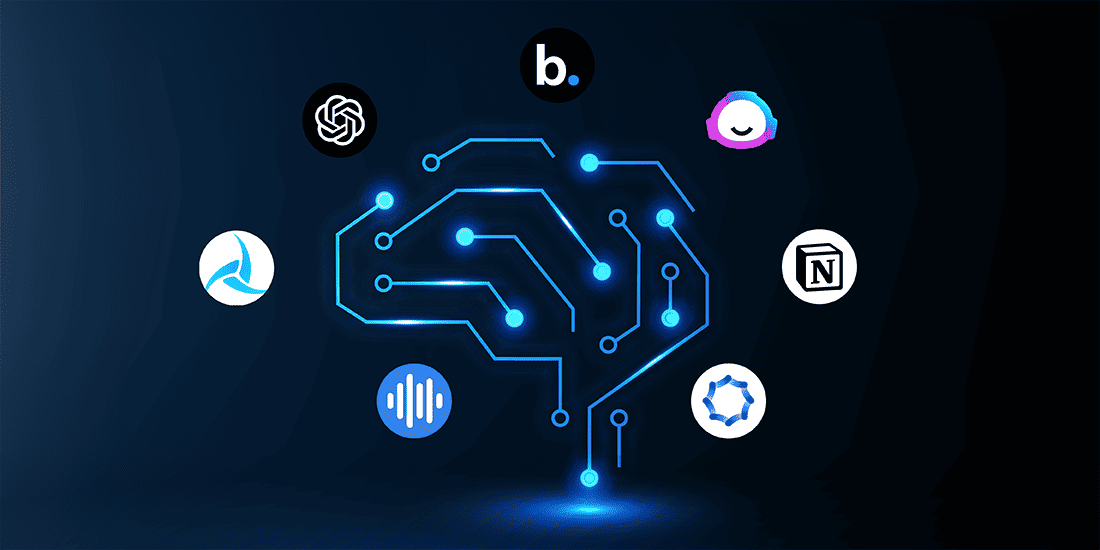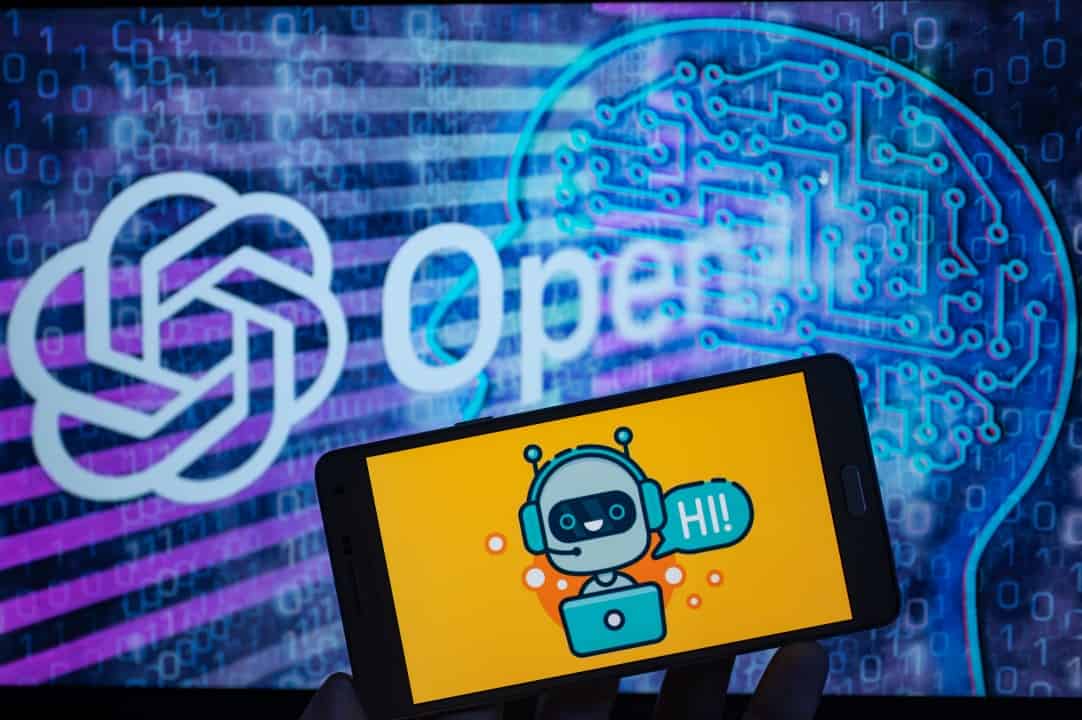Artificial intelligence in marketing isn’t just a buzzword; it’s a game changer that’s reshaping how we connect with our audience. Imagine understanding your customers’ needs before they even click ‘search’ — that’s the power of AI-driven customer segmentation. As a seasoned marketer, I’ve watched machine learning transform dull ads into dynamic conversations, and behavioral data turn guesswork into precise audience insights. It’s no secret that predictive analytics is setting new standards in advertising effectiveness, forecasting consumer behaviors like a marketing oracle.
And let’s talk about AI automation; it’s like having a hyper-efficient assistant who knows your customers intimately, personalizing engagement in real-time. We’ll dive deep into how AI isn’t just about robots — it’s about building relationships, crafting content that resonates, and measuring success with an accuracy we’ve never seen before. Your marketing strategy is about to take five revolutionary steps into the future, and I’m here to guide you through each one.
Understanding AI-Driven Customer Segmentation
The Role of Machine Learning in Tailoring Marketing Messages
Machine learning makes your messages fit like a glove. It’s like having a super-helper that knows what customers like before they do. Think of it as a chef who knows you hate peas and loves carrots. So, dishes come out just right, every time. It’s not magic; it’s science. Machine learning for targeting looks at loads of data, spots patterns, and learns what works. That way, each message feels personal. It’s like a marketer’s dream tool.
So, how does it work? Imagine you have a bunch of jigsaw puzzles. Machine learning is your whiz-kid friend who sorts the pieces and solves them fast. It sees what customers click, buy, and love. Then it shows them more of what they like. It gets better each time, learning and refining. Customers get messages that make them think, “Wow, this brand gets me!” And that’s gold for businesses.
Harnessing Behavioral Data for Enhanced Audience Insight
Diving into behavioral data is like being a detective. You search for clues in how people shop, browse, and talk about products. Personalization algorithms play a big role here. They’re the tools that tailor what customers see and experience. If someone always buys sports gear, they shouldn’t see ads for kitchenware. That’s what personalization does – it shows the sports gear at the right time.
Predictive analytics in advertising also steps in. It makes smart guesses about what customers will do next. This is like knowing your friend will order a chocolate shake every time. Then, having it ready when they walk in. It makes people smile. They feel understood.
Chatbots for customer service are another ace. They chat 24/7, answering questions and helping out. It’s like having a friendly assistant who never sleeps. Smart chatbots use AI to understand words and give the best answers. If done right, they make customer service quick and easy.
AI-driven customer segmentation takes all this cool stuff and mixes it together. It puts people into groups with similar likes and needs. Then it serves up content that’s just their style. This saves time and earns trust. And who doesn’t want to save time and win over customers?
In summary, machine learning helps send marketing messages that feel tailor-made. Behavioral data gives us a sneak peek into customers’ preferences. Combine these, and what do you have? A marketing strategy that’s not just smart but kind of feels like magic, even though it’s all about the data.
Advancing Predictive Analytics in Advertising Campaigns
Predicting Consumer Responses with AI Tools
What if you could read minds? Good news, with AI, it’s almost like you can. AI tools predict what buyers might do next. It’s like a secret power for business. Imagine knowing what customers want before they say it. That’s what AI in marketing is starting to do. It looks at past shopping habits and uses them to guess the future.
AI-driven customer segmentation slices up the market. It means messages hit the right people. Machine learning for targeting is useful. It finds patterns no human can. It helps ads speak to customers in their language. So, ads become more like helpful friends than loud strangers.
AI for customer behavior analysis is smart. It picks up clues from how folks browse and buy online. Then it suggests what product they might like next. It’s smart and polite at the same time. Customer journey mapping AI charts a path. It plots each step a person takes from first look to final buy. This makes sure the right ads show up at the right time.
Timing and Optimization Tactics for Ad Deployments
Timing is everything. Drop an ad too early or too late, and you miss the mark. Use AI, and you’re more likely to hit bull’s-eye. AI does the heavy maths to work out the best time for your ad. It thinks about when people are online and what they’re into then.
Predictive analytics in advertising isn’t just a fancy term. It’s about being smart with your ads. It’s about not wasting money shouting into the wind. Marketing performance AI analytics digs into the data. It shows what’s working and fixes what’s not. That way, money spent on ads brings back more money in sales.
With tools for programmatic advertising AI, ads bid for spots in real-time. It’s like an auction that’s faster than a blink. Real-time bidding with machine learning makes sure you don’t overpay for an ad spot. It’s like having the superpower to be in many auctions at once, always making the winning bid.
Natural language processing for marketing helps chatbots talk smoothly. Chatbots become better helpers, guiding buyers without any mix-ups. Round the clock, they stand ready. If your ad catches a customer’s eye at midnight, chatbots are up for a chat. They can boost chatbot conversion rates, as they never sleep and always sound friendly.
Imagine an ad world where each penny spent works hard to bring in more. That’s the promise of AI in advertising. It’s not about replacing humans. It’s about giving them super-tools to make smarter moves. And the best part? As AI learns, it gets even better at guessing right. That means more happy customers and more sales. It’s a win-win with AI leading the way.
Streamlining Marketing with AI Automation
Implementing AI for Real-time Personalization
Imagine if someone knew what you wanted before you did. That’s AI in marketing. It’s smart and fast. It learns what customers like. Then, it shows them things they care about. That’s real-time personalization. It’s a game-changer.
How does it work? Let’s say you’re online shopping. You look at shoes but don’t buy. The next day, you see an ad for those shoes. That’s AI at work. It uses what it knows about you to show you stuff you want. This is called “predictive analytics.”
But it’s not just ads. When you chat online with customer service, guess what? You might be talking to a chatbot. They’re quick and always there. That’s AI too.
AI doesn’t just guess what you want. It uses data from your past likes and clicks. It learns over time, getting smarter each day. This is called “machine learning.” And it’s key to targeting the right folks.
These AI systems are not from some far-off future. They’re here now. We use them every day. They make life easier for customers. And they make marketing better for businesses.
Case Studies: Marketing Success Through Automation
Meet Lisa. She runs a small shop online. She used AI to learn about her customers. She found out what they like. Then, AI helped her make emails that speak to them. These emails feel personal, like they were written just for the reader.
Result? Sales went up. Customers were happy. They got deals on things they wanted. Lisa didn’t have to guess. The AI figured it out.
Then there’s Mark. He sells sports gear. He used AI to put the right ads in front of the right folks. The AI looked at what people clicked on. Then it showed them ads that fit those interests.
Mark sold more gear than ever before. People saw ads that made sense for them. No more random stuff they don’t care about.
AI is making a big splash in how we market. It’s not just big companies that benefit. Small businesses are winning big too.
By using tools like AI for email marketing, chatbots for help, and AI for SEO, you save time. And you do marketing better. It’s like having a super-smart helper that knows your customers well.
This AI helper doesn’t sleep. It doesn’t eat. It just works for you, all the time. It makes you wonder: what will AI think of next?
Crafting Content with AI-Powered Tools
Navigating the Landscape of AI Content Creation
Imagine a smart machine helping writers make top-notch stuff. That’s AI content tools for you. They’re like a buddy who knows what words to pick. This pal helps make stories that stick in folk’s minds. It helps find what folks like to read about. So, we nail it every time we talk to them.
We use AI to know which topics are hot right now. This means we tell people what they want to hear about. It’s like a magic ball but for words. And this magic ball is smart. It learns what works best and keeps getting better as it goes.
These tools are like goggles that help us see into people’s thoughts. They use fancy tech called natural language processing. This tech makes sense of how we talk and write. It’s not just about spell checks. It’s thinking about what makes a sentence really shine.
But it’s more than just picking the right words. It’s about making a path for your story. We call this customer journey mapping. It’s a map for the trip we take people on when they read. We make a path that’s easy and fun. It’s for everyone, whether they’re new or have been with us for long.
AI tools can also chat like a person. They talk with people visiting a site and help them out. It’s like having a super helpful friend online 24/7. These chatbots for customer service are a big help. They answer questions and never get tired.
Measuring the Impact of AI-Enhanced Content Strategies
Now, we want to know if our buddy, the AI tool, is doing its job well. We peek at numbers to see if folks are loving what we write. It’s like a game where points show how much our AI pal helped. More points mean we did great.
We splash dashes and dots in charts to see our scores. They tell us if our words hit the mark or if we missed. We want high scores, of course. Then we high-five our AI friend for a job well done.
AI gives us a secret power. It’s called predictive analytics in advertising. This means we guess what’ll happen next in the world of ads. It helps us stay ahead of the game. We use past stories to make smarter choices next time.
But, there’s more. AI helps us sling emails that make people click. We can send letters that feel like they’re just for you, thanks to AI for email marketing personalization. It knows what you might like to read. It’s not casting a wide net. It’s like giving everyone their own special bait.
And then, we check how much all this AI jazz helps us make money. That’s key. We use AI-driven marketing ROI measurement. It’s like a grade for our work, but in dollars and cents. We see if our AI tools are worth the coins we put in. If we get more out, we’re winning.
That’s the trip we’re on with AI in our writers’ world. It’s a ride that keeps getting wilder and better. We keep learning, our AI pals keep learning, and the stories we tell keep getting more ace. It’s a win-win, you see. For us word slingers and for our readers too.
In this post, we’ve explored how AI shapes up customer groups and tailors marketing to fit just right. We saw machine learning pick apart behaviors to nail what customers want. Then we dove into predicting what people will do next and learned when to show ads at the perfect time. We also looked at automating marketing to speak to each person, with stories of big wins businesses got from this. Last, we tackled the tricky world of making stuff with AI and found ways to see if it really hits the mark.
My final take? AI is a powerhouse for smart marketing. It’s like having a super tool that knows your customer better than they know themselves. When you use AI right, you make ads that click with people, talk to them on a personal level, and you can see your wins clear as day. So, use AI to make your mark and keep your customers coming back for more. Trust me, it’s the game-changer your business needs.
Q&A :
How is artificial intelligence transforming marketing strategies?
Artificial intelligence (AI) is revolutionizing marketing strategies by enabling businesses to analyze vast data sets, predict consumer behavior, personalize user experiences, and automate routine tasks. AI algorithms can identify patterns in customer data that are invisible to the human eye, allowing for highly targeted marketing campaigns. It also assists in content generation, SEO, and real-time customer service interactions, making marketing efforts more efficient and effective.
What are the benefits of using AI in digital marketing campaigns?
The use of AI in digital marketing campaigns offers numerous benefits, such as enhanced personalization, improved customer segmentation, increased efficiency, and cost reduction. AI tools can tailor content and recommendations to individual users, creating a more personalized experience that can lead to higher engagement and conversion rates. They can also segment audiences more accurately, automate bidding on ad placements, and optimize email marketing timings for better results.
Can artificial intelligence predict consumer behavior in marketing?
Yes, AI has the capability to predict consumer behavior by learning from historical data, identifying trends, and recognizing purchase patterns. Through machine learning and predictive analytics, AI systems can forecast future buying actions of customers, enabling marketers to anticipate needs and preferences. This predictive power allows for more proactive and targeted marketing initiatives, potentially increasing the effectiveness of marketing efforts.
In what way does AI help with content creation in marketing?
AI aids in content creation by providing tools that can generate ideas, suggest topics, craft initial drafts, or optimize content for search engines. AI-driven content platforms can analyze successful content across the web to predict what topics will resonate with audiences. Moreover, AI can help writers by checking grammar, ensuring tone consistency, and suggesting keywords to improve SEO.
Are there ethical concerns around the use of AI in marketing?
Definitely, there are important ethical considerations when implementing AI in marketing. Issues such as data privacy, consent, and transparency are at the forefront. Marketers must navigate the fine line between personalization and privacy invasion. Ensuring that AI systems do not exploit user data unethically or perpetuate biases is also a growing concern. It is crucial for companies to establish and follow strict ethical guidelines when employing AI in their marketing strategies.




